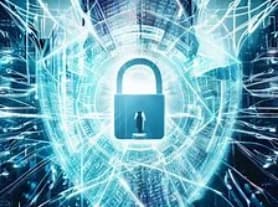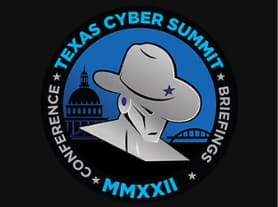Threats resulting from erosion of US Geopolitical Power
The erosion of American power is causing a decline in global stability and security, threatening economic prosperity and stability.
An Overview of the 16 Critical Infrastructure Sectors: Keeping Our Nation Secure
Critical infrastructure refers to those vital systems, networks, and assets whose incapacitation or destruction would have a debilitating effect on national security, the economy, public health, or any combination thereof. In the U.S., the Department of Homeland Security (DHS) has demarcated 16 specific critical infrastructure sectors. These sectors serve as the pillars that support the nation's day-to-day operations and its citizens' way of life.
Announcing My Fellowship with Mission Critical
I am excited to announce that I have become a fellow with Mission Critical, an organization dedicated to securing the U.S.'s critical infrastructure sectors. This role complements my ongoing work at ICIT, contributing to enhancing our nation's security and resilience.
Battle of the Minds: My Experience at the Texas Cyber Summit
I attended the Texas Cyber Summit for the first time this year, held at the Marriott in downtown Austin from September 28th to September 30th. Overall, I thoroughly enjoyed the event and am already planning to return next year.
RSA 2023: Securing the Nation's Critical Infrastructures
As a fellow at ICIT and co-author of the book “Securing the Nation’s Critical Infrastructures: A Guide for the 2021-2025 Administration,” I was honored to be asked to speak at the RSA Conference 2023 in San Francisco on the topic of “Digital Supply Chain Security: What Happens When an Organization's Trusted Solutions Can No Longer Be Trusted?” Many thanks to SafeBreach, who sponsored the event and for hosting the reception and book signing afterward.
Why CISOs Shouldn't Report to CIOs
In the past, CISOs were responsible for protecting the organization’s computer systems, networks, and data. However, with the increase of cyber threats and the ever-changing landscape of technology, the role of a CISO has had to evolve. Now, CISOs are responsible for protecting the entire organization, not just the computer systems. They are also responsible for helping the organization to be more secure and resilient, and for protecting it from cyber threats.
Building the Right Team: From Selection to Leadership Alignment
A vision without execution is a hallucination. If you’re the one responsible, the head of the ship, the bus driver, then it’s your job to execute!

















